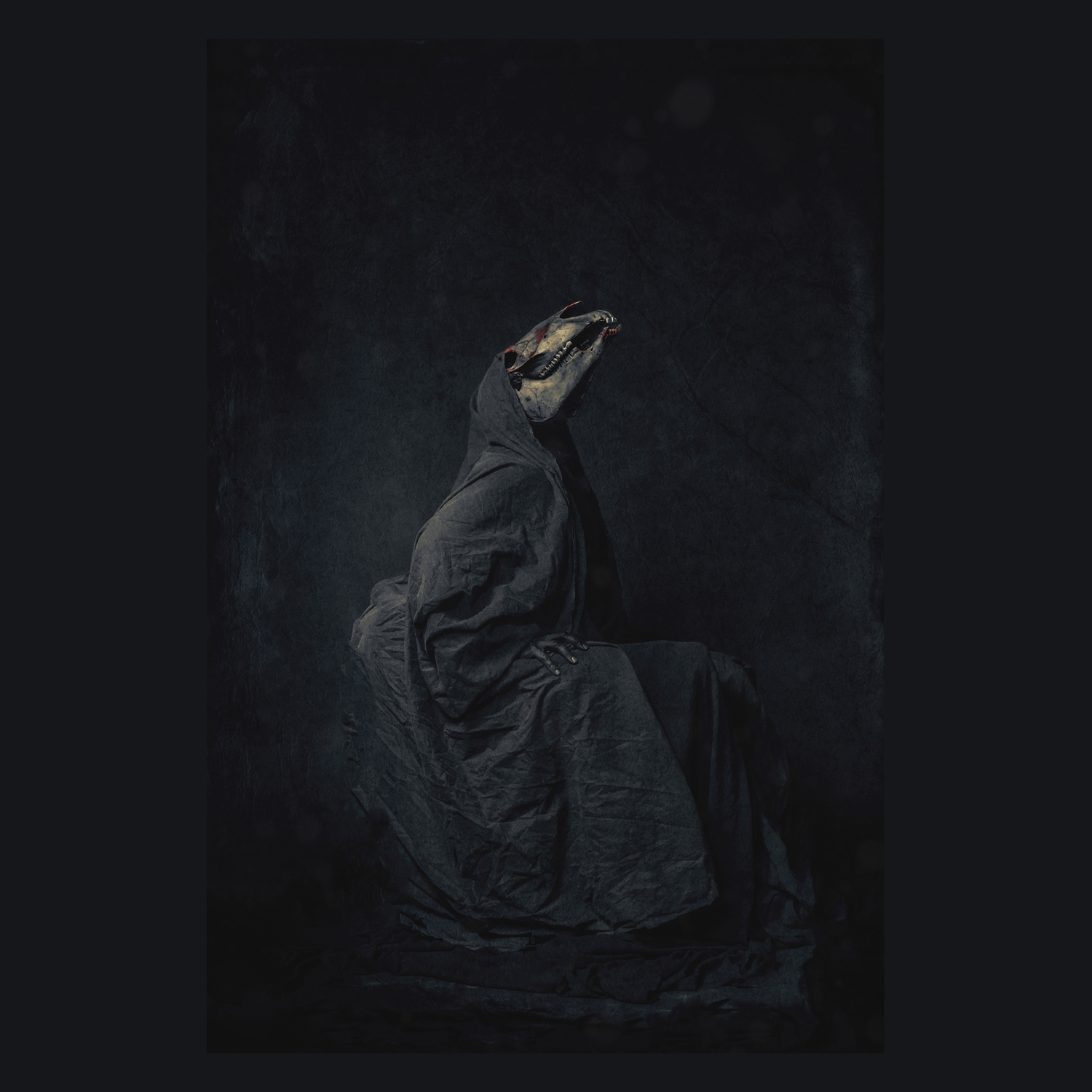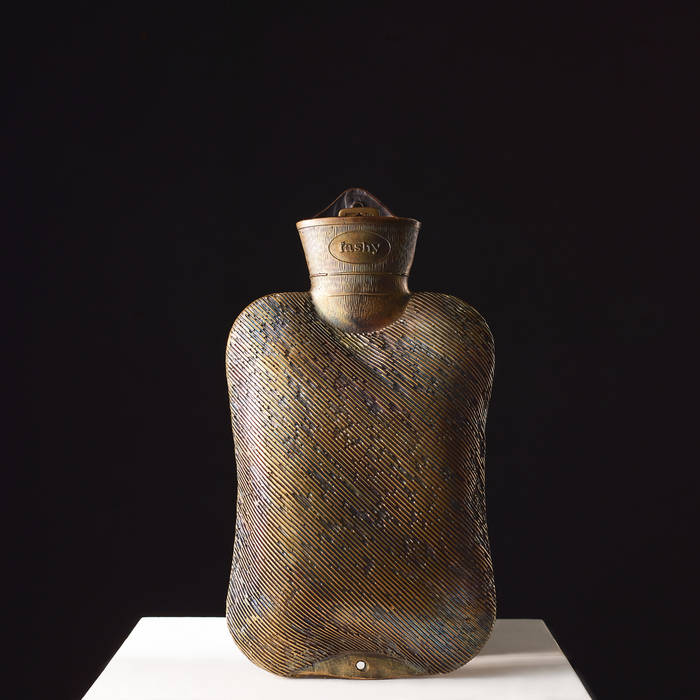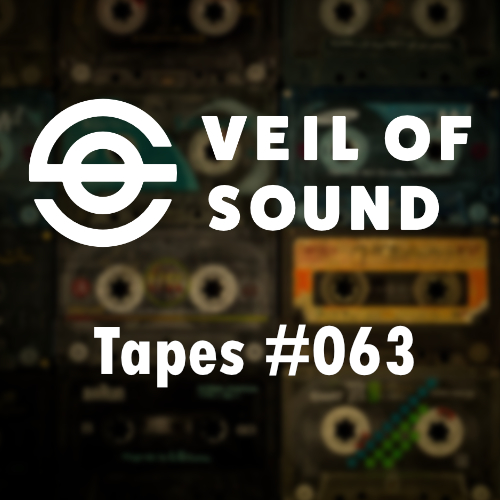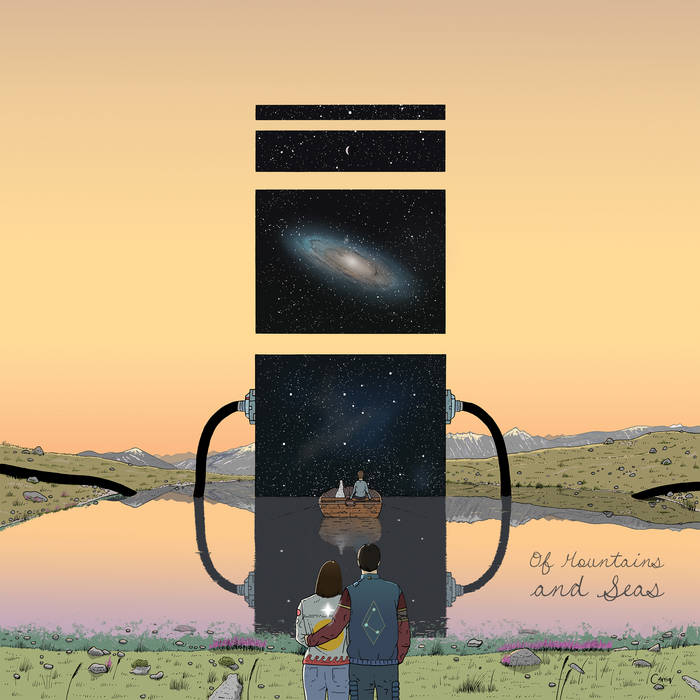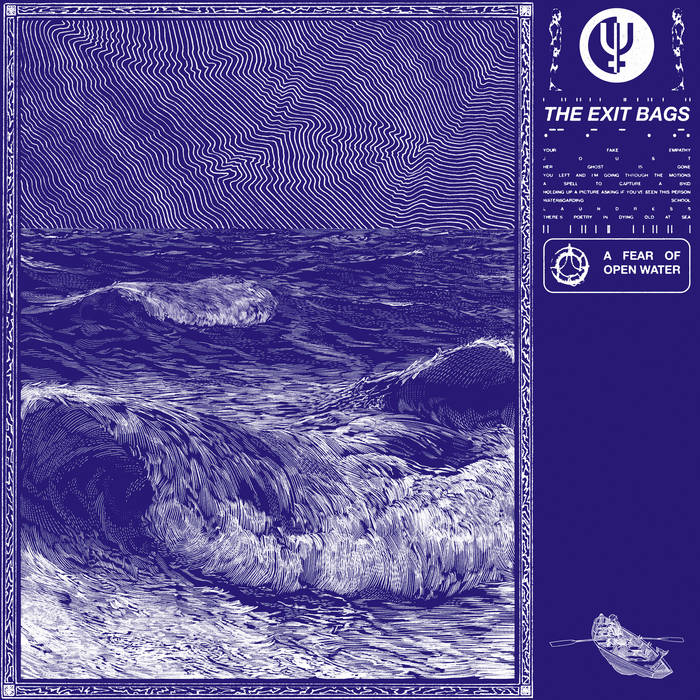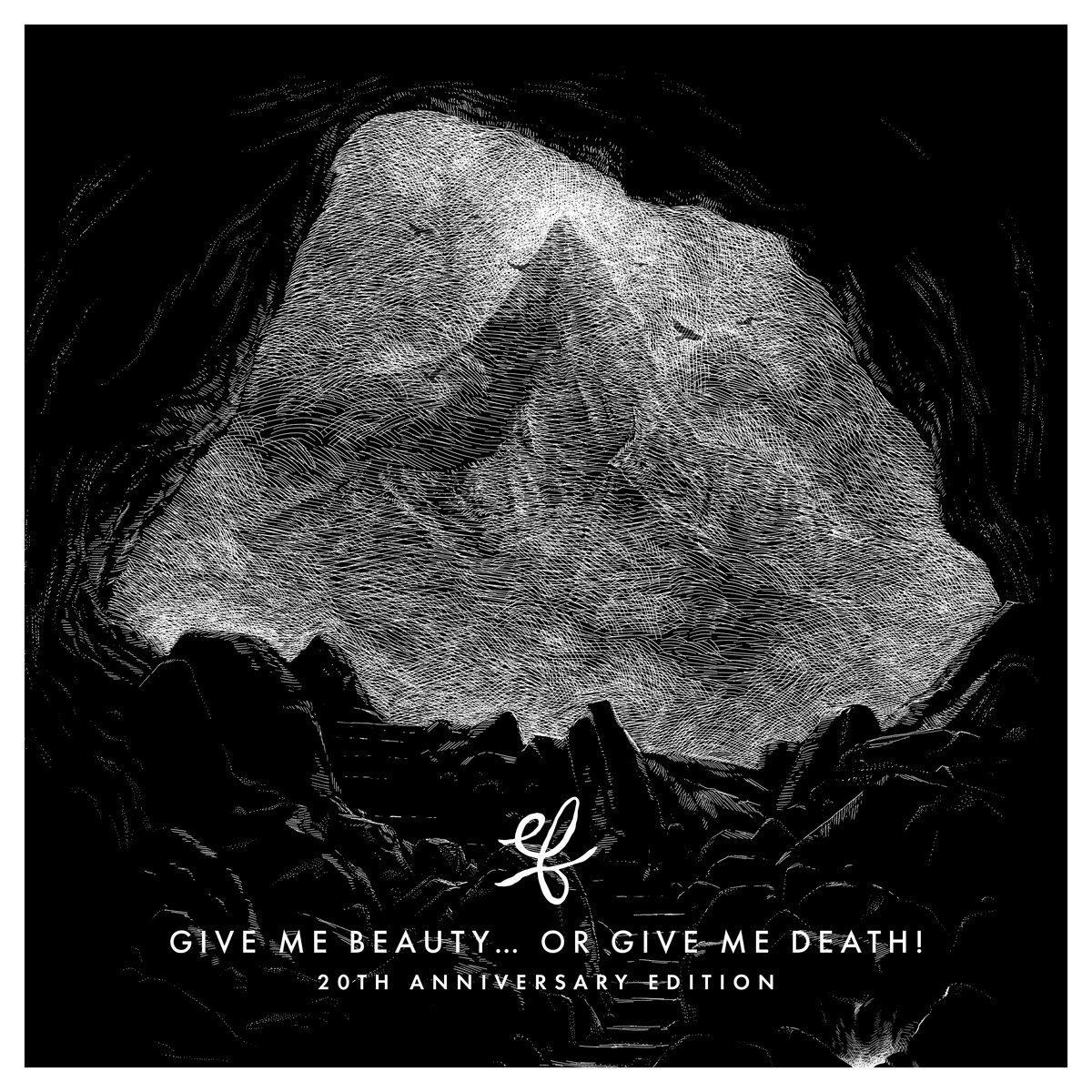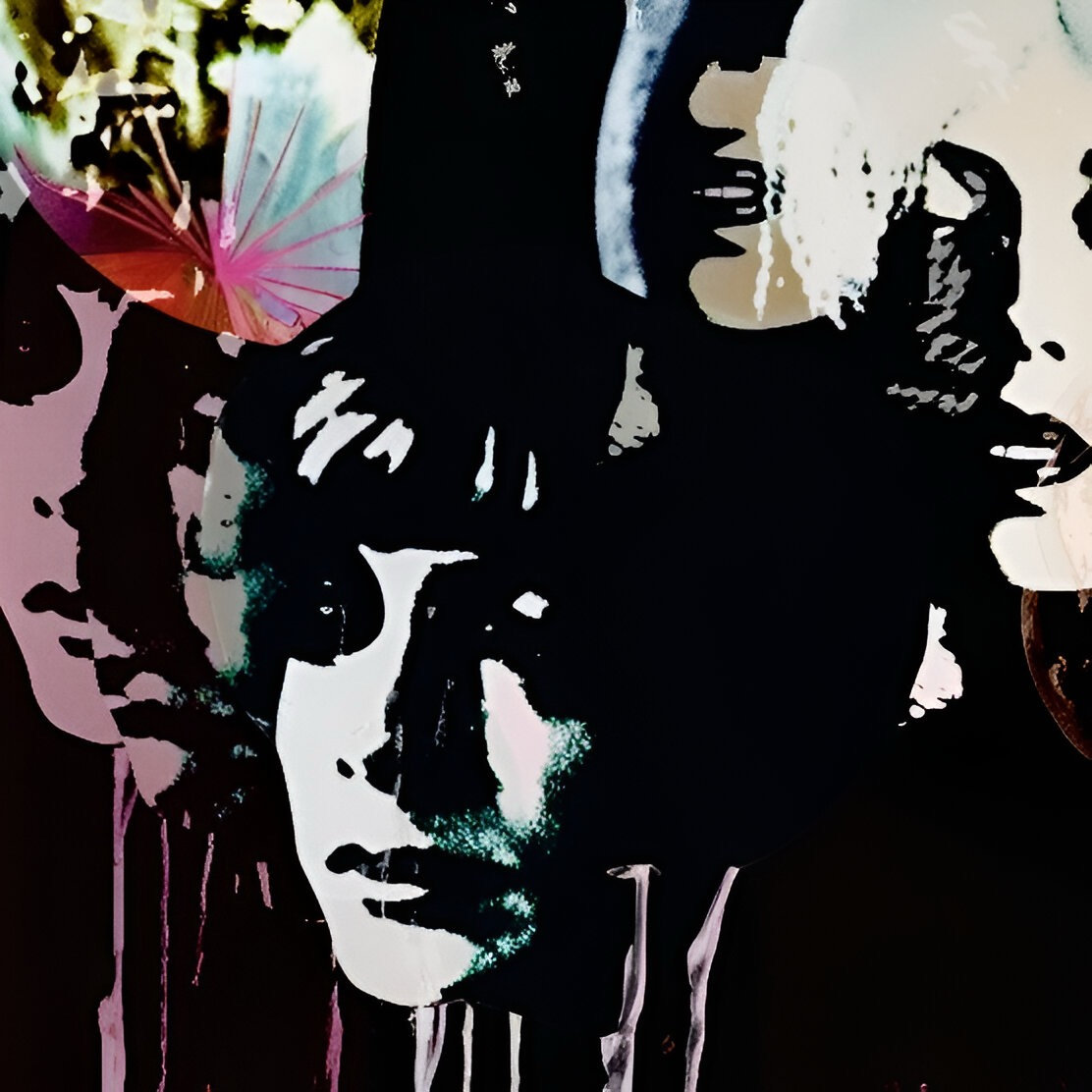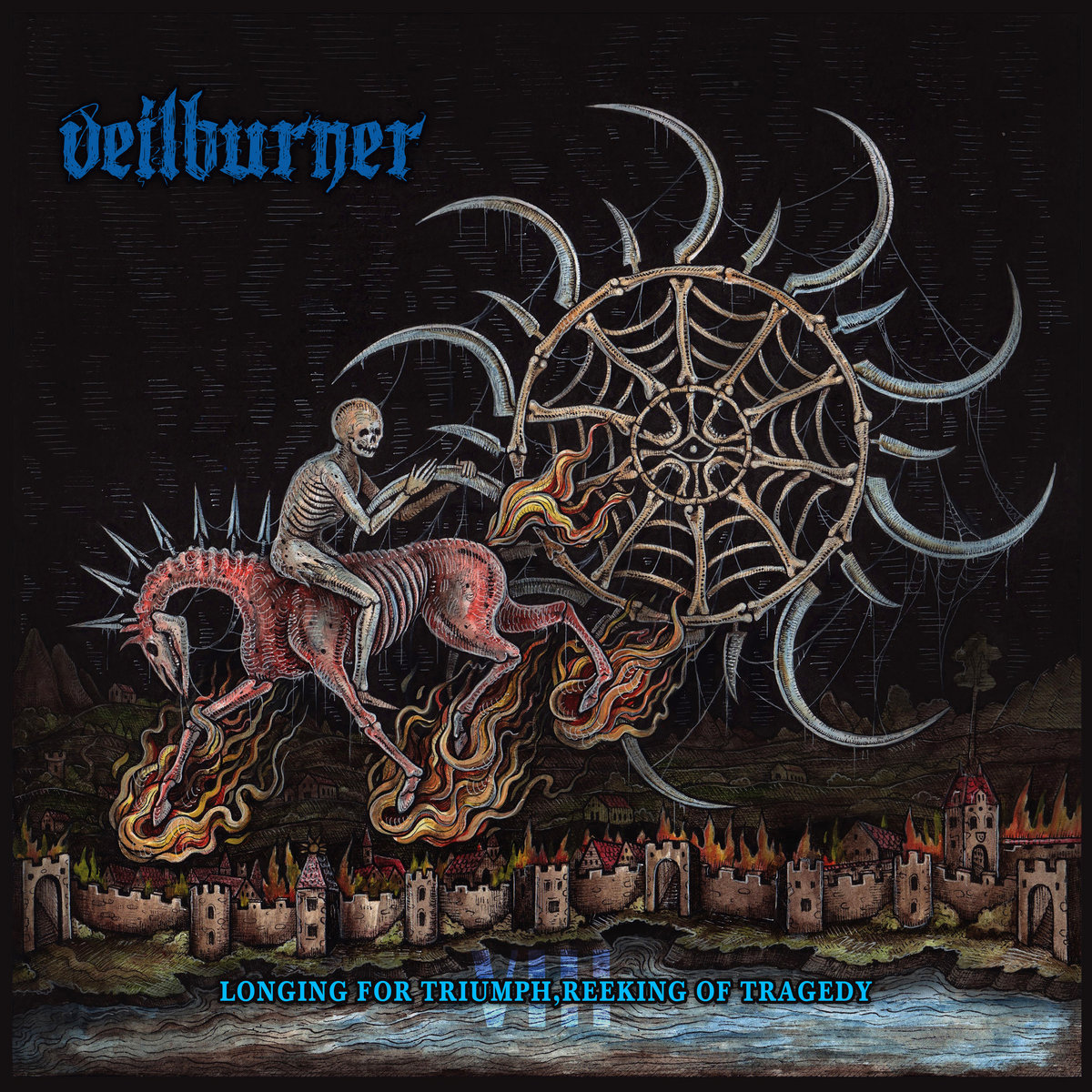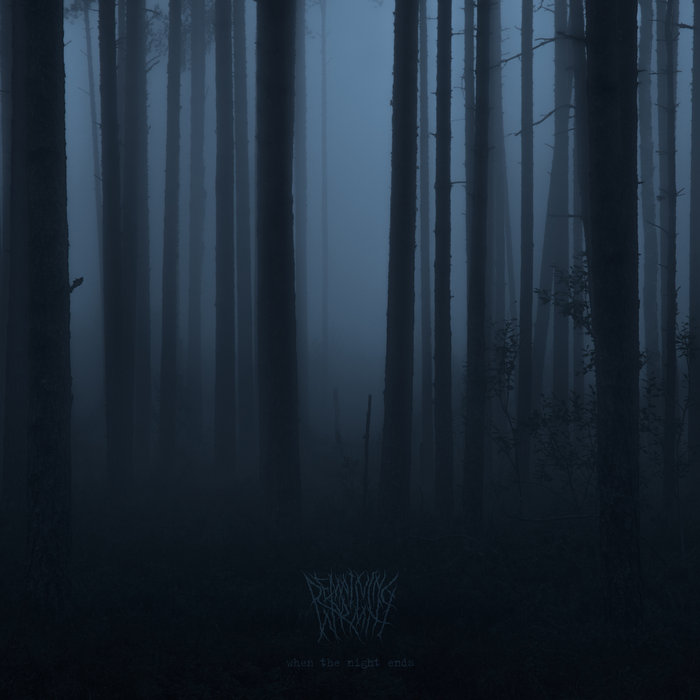We all know how that is – an artist you really like has a new project out and while listening to it, you notice that it is not quite like you expected. What do you do then? Discard it or give it another chance? In the case of De Manen Opzij, a new project involving Colin H. Van Eeckhout my advice would be – listen to it more than once, more than twice, heck, give it as many spins as you might need, because then a record will unfold before your ears which is somewhat like dark magic!
To clarify one thing beforehand: This is a record by four highly accomplished musicians from the Belgian scene who come from (seemingly) very different corners of the musical spectrum. The guys joined forces in creating this one track (of roughly an hour’s length) over a longer period of time and a residency at Muziekcentrum Dranouter, a Flemish music center. During a later stage of that elaboration on various ideas and tonalities, a dance performance emerged alongside the tunes so that there is another layer to the music. In order to see the whole package, one should keep ears and eyes open for it will be performed later in 2022; however the music was already released by Consouling Sounds and thus we want to have a closer listen now.
The piece is split into three parts which all have different tonalities, so that they somehow can be seen as a whole but also as three different parts. The first part has a very interesting opening, which also exemplifies the process nicely as one encounters seems to encounter a Jew’s Harp which is being distorted and electrified so that its sounds become very ambient in character. That is the general of Mótha, a duo comprised of Thomas Hoste and Maarten Marchau, that likes to improvise with traditional Flemish instruments but produce completely new non-traditional soundscapes with them. This segment could be characterized as world music as the sounds could also be localized as Maghrebian or Arabic and somewhat Dead Can Dance-like. It very much reminded me of Lisa Gerrard’s work with Hans Zimmer for the Gladiator-soundtrack. It feels as if the song is not only gaining volume but also temperature, like the rise of the sweltering song on the Moroccan desert which snakes hissing and searching for a cool spot from where they can attack. Hence, one can also identify this segment as one transcending its original setting and background and showing how globalized one should see our music nowadays. This might be one of the few moments, when the process of globalization created something positive because with appreciation for other musical scenes and backgrounds. also comes appreciation for other cultures and people.
After the first (and longest segment) follows a segment which is more of a metal-segment, which opens with a drone part that is then supported by one of the warmest and at the same time also most subtle bass lines I have ever encountered and which then leads to a very mellow built-up. Nevertheless, this passage has a somewhat doomy, post-metal character but still features resonances of the Wyatt E.-like first segment and slowly rolls uphill towards a mesmerizing climax; this is a trance-like tribal segment that Pothamus might have written in all their gloriously youthfulness! Surely this is one of those moments that drummer Simon Segers is proud of as it showcases his skills in manifold and marvelous mode. The riffing here is somewhat distorted so that is seems as if we are hearing two guitar lines that dominate this passage and also the vocals that seem to interspersed here. At its climax the whole part is joined by some imaginative improvs by a wind instrument (a flute?) so that it regains the free jazz mindset that also characterized parts of the first segment and Segers is also running wild completely and seems to be have four arms delivering all the hits on his kit.
The last one is the one which features CHVE most as his vocals seem to spark the whole passage transitional passage before the last eruption. Interestingly, as he seems to be more vocalizing than singing clear lyrics and that gives this part a somewhat Gregorian character. The vast spaces underneath his vocals might be an accordion or a concertina or also a sruti box. This part is definitely the “spookiest” as one seems to meet with banshees or harpies that try to seduce and lure the listener into their darker realms. It feels like being enraptured and cuffed by their tales so that in the end one cannot but give in freely. When the drums kick in, it feels like waking up from a merciless, mesmerizing slumber so that we need to time to figure out that we are indeed still wide awake and never fallen asleep but that something had taken hold of us and that is now being banished by the shifty (poly)rhythms. The segment (and thus the whole epic track) ends on some singular wavering beats over a somewhat open plain. And when it ends on the last heartbeat we are back in reality and gravity.
You see, if given enough time and spins and surely this record still holds many facets undiscovered but isn’t that also what good music should give you? The sensation of discovering something new even after dozens of spins? Sure did for me. Might also for you.

